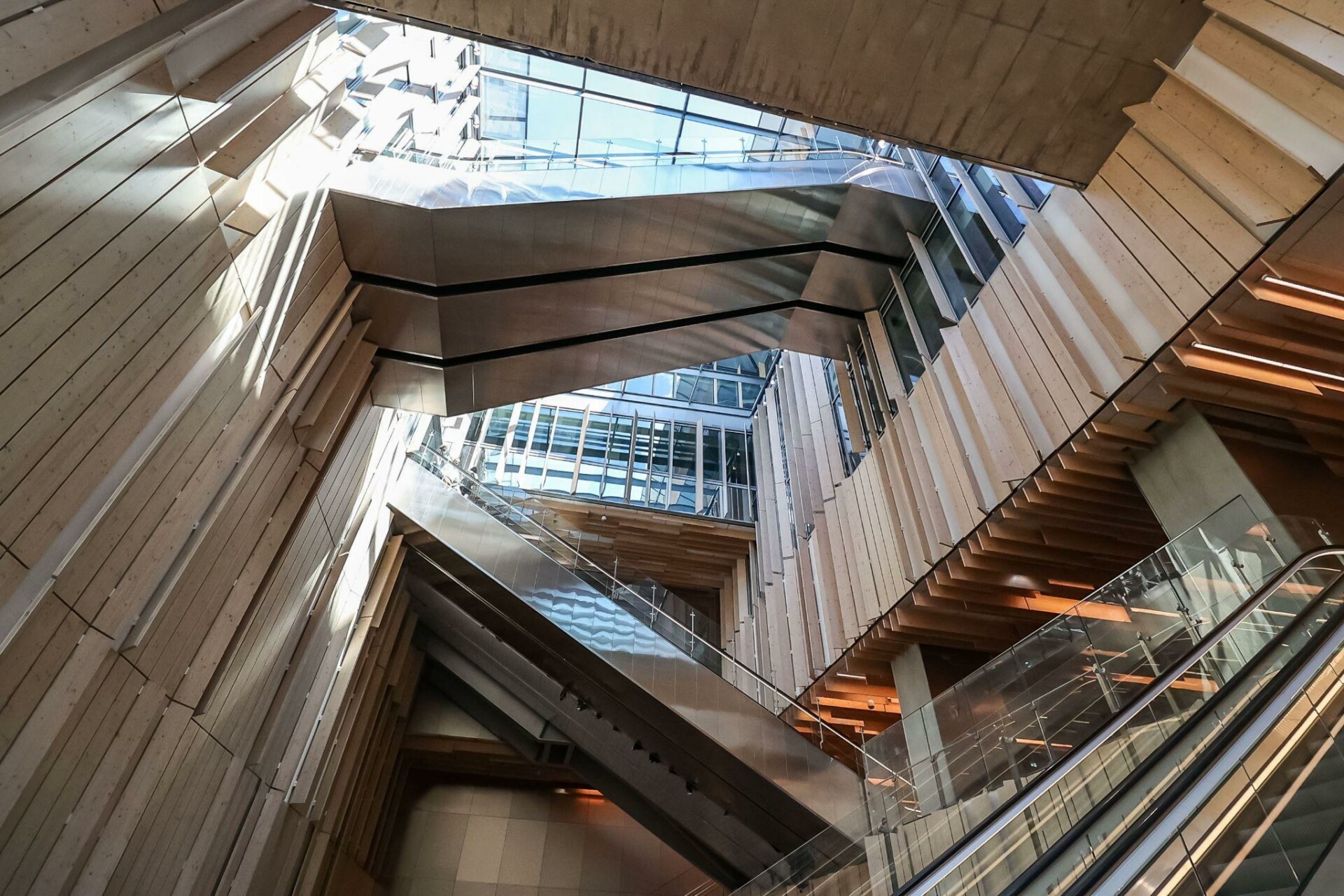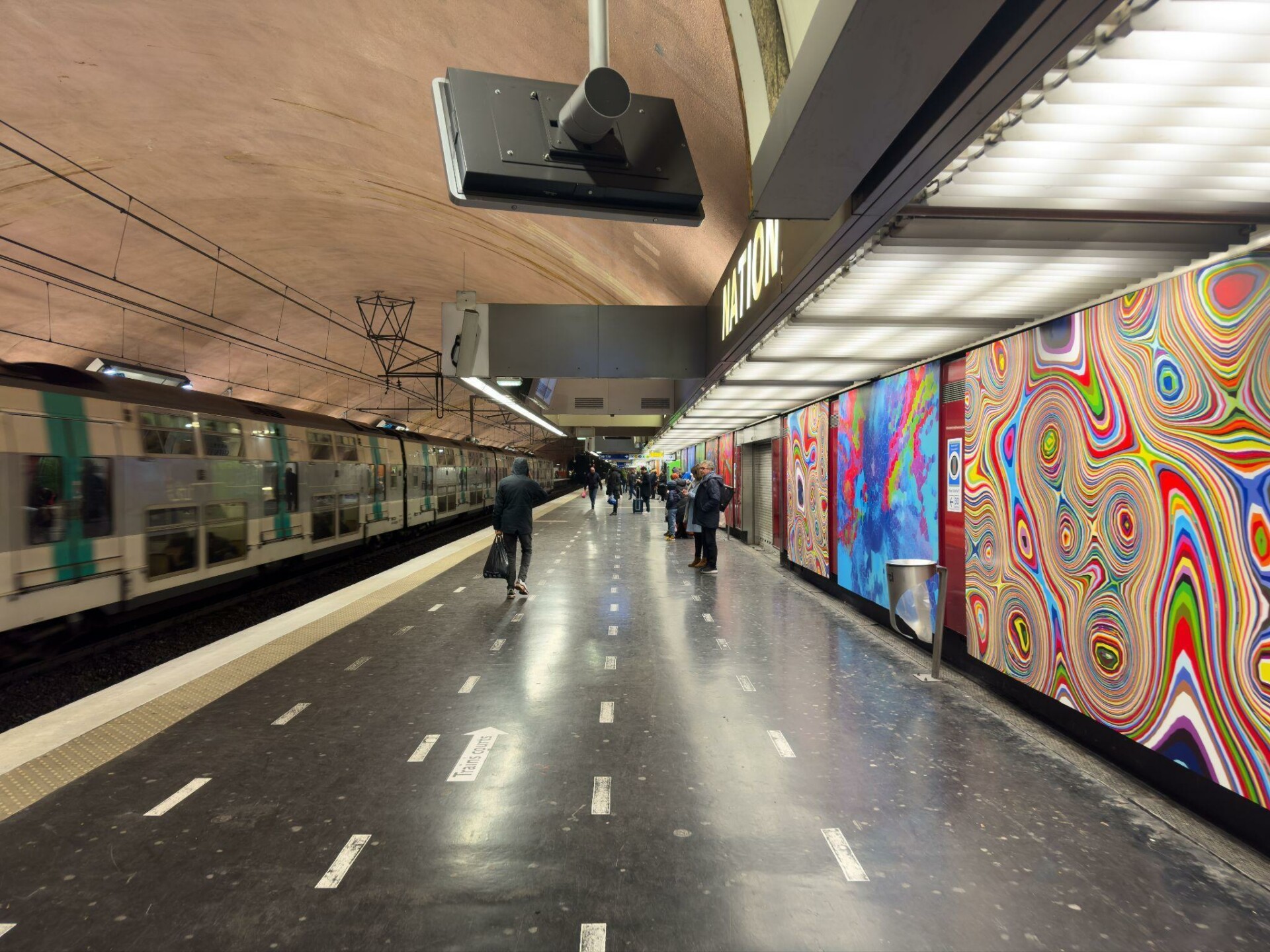The Grand Paris Express project is transforming the Paris subway system, starting with the Aéroport d’Orly station, the southern terminus of Paris metro Line 14, which connects the airport to central Paris in just 25 minutes before continuing to the northern suburbs of the city.
But the innovations don’t stop there. Each new station of the new mega metropolitan project (200 km of metro lines in total) will become a showcase for contemporary art.
By 2030, the Grand Paris Express, a project that also involves Webuild in its construction, will add 68 new metro stations to the Île-de-France region. These stations will serve as blank canvases to bring over 70 contemporary artworks to life.

Grand Paris Express: A Contemporary Art and Architecture Project Integrated into the Paris Metro Lines
The idea of integrating contemporary art into the architecture of the stations emerged from a shared vision between architects, engineers, and contemporary artists.
The artworks, ranging from sculptures, light installations, murals, and digital pieces of artwork, are the result of a global effort that has involved contemporary artists from around the world, including Japan, Italy, the United States, Argentina, Spain, the Netherlands, and Chile. The goal is not just to decorate, but to create a dialogue between the urban context and the artworks, giving voice to the diversity and history of the places.
Paris Public Transport: and Urban Regeneration: A Connection to the Local Area
Each station of the Paris metro line is designed to reflect its neighborhood and community.
Take, for example, the Gare Aéroport d’Orly station, where Portuguese street artist Alexandre Farto, known as VHILS, has created a monumental mural made of azulejos tiles depicting the faces of passengers and reflecting the cultural diversity of the city. Or the Gare Saint-Denis – Pleyel station, where French artist Prune Nourry is preparing a series of 108 sculptures in feminine forms, each representing the richness and variety of the soils of the Île-de-France region.
These artworks are not mere decorations, but they tell stories, celebrate local communities, and enhance cultural heritage.
Contemporary Art as a Vehicle for Inclusion, Development and Urban Renewal in Paris Transport
In addition to being an aesthetic resource, the artworks in the Grand Paris Express stations will play a key role in the process of urban regeneration and social inclusion. The new stations will not only improve mobility in the capital but will also contribute to stimulating the development of new public spaces, shops, and cultural activities.
In this context, contemporary art becomes a catalyst for change, transforming the stations into places of meeting and exchange between citizens and visitors.



